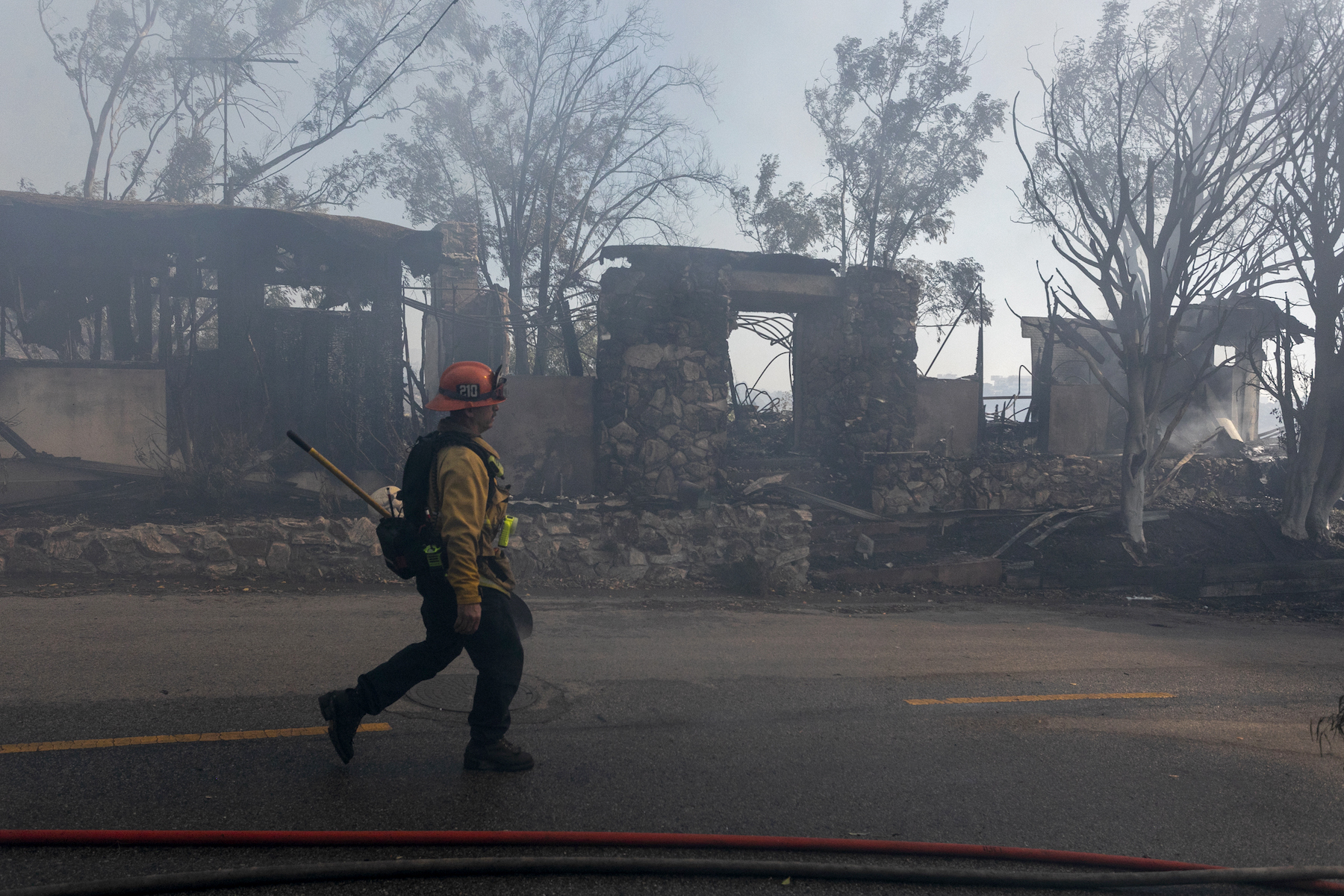For Amy Bach, the turning point in her job came in 2018, when she heard the news that 1 million trees in the Sierra Nevada forests were dead. “I’m not a scientist, but I know that’s very dangerous,” said Bach, the executive director of the nonprofit United Policyholders, which helps homeowners find insurance policies to secure their properties. The way the wildfire season in California unfolded in the years that followed proved her hunch wasn’t a mistake — and completely transformed the way she did her job.
“Up until this crisis hit, we were trying to help people focus on the quality of their coverage,” Bach said. “But now, it’s a matter of helping them hold on to any kind of a policy.”
Last week, for the third year in a row, California banned insurance companies from revoking renewals of policies for homeowners and renters living in high fire risk areas. The year-long moratorium will benefit at least 26,000 policyholders in Plumas, Lassen, and Siskiyou counties, and most likely will be extended to those affected by the Dixie and Caldor wildfires, which are still consuming thousands of acres every day. Last year, the ban covered 2.4 million homeowners in the state.
The measure has been successful in giving a sense of calmness to residents, said Sarah Anderson, a professor of environmental science and management at the University of California, Santa Barbara who studies how wildfires affect the distribution of government funds. In 2019, insurance companies didn’t renew the policies for 235,274 clients living in ZIP codes with a high risk of being burned by wildfires — a 61 percent increase statewide from the year before, according to the California Department of Insurance. In the 10 most fire-prone counties, nonrenewal increased by 203 percent.
Nonrenewal of home insurance policies can leave low-income residents particularly vulnerable. When insurance companies drop policies, homeowners are often left with only two options: proceed without insurance or enroll in California’s FAIR plan, which is expensive compared to other alternatives and doesn’t provide as much coverage. The FAIR plan only covers the costs that a fire, lightning, storm or other disaster causes on the home’s structure, but homeowners have to pay extra dollars to get coverage for their personal belongings, unattached structures like their garages or fences, or additional living expenses that the disaster might prompt (such as staying in a hotel).
Previous research has found that 76 percent of residents in moderate to high fire risk areas are white and wealthy. But there are still about 12 million socially vulnerable people living near blaze zones — and they are twice as likely to be heavily impacted by a fire. This is because many don’t have the resources to mitigate their properties before the fire arrives and, after the emergency, they often can’t afford to rebuild.
“Communities of color and poor communities tend to have less of what we call political efficacy, or political capital. That’s because they have less time and less money to invest in the kinds of activities that get you what you want out of the political system,” explains Anderson. Last year, Anderson co-authored a study that found that throughout Western states, federal help in the aftermath of wildfires predominantly ends up in white, educated, high-income communities.
According to natural resources economist Andrew Plantinga, at the University of California, Santa Barbara, the fact that California has had to issue the same insurance cancellation moratorium for three years in a row puts doubt on “whether the [state’s home insurance] system is really up to the task of handling these rapidly changing risks.”
Rather than cancellation bans year-after-year, what’s needed, he says, is a more nuanced approach towards insurance legislation. That includes changing the policies that are “essentially subsidizing people to move into these areas.”
In the broader perspective, “we have to realize that we have to live with wildfire, we can’t pretend that each year is an anomalous year,” Anderson said. “What changes do we need to make to be able to live with it as opposed to fight it, which has frankly been our mantra since the 1910s. We’ve always thought, ‘Oh, well, we’ll fight our way out.’ And the fact is, we can’t.”



